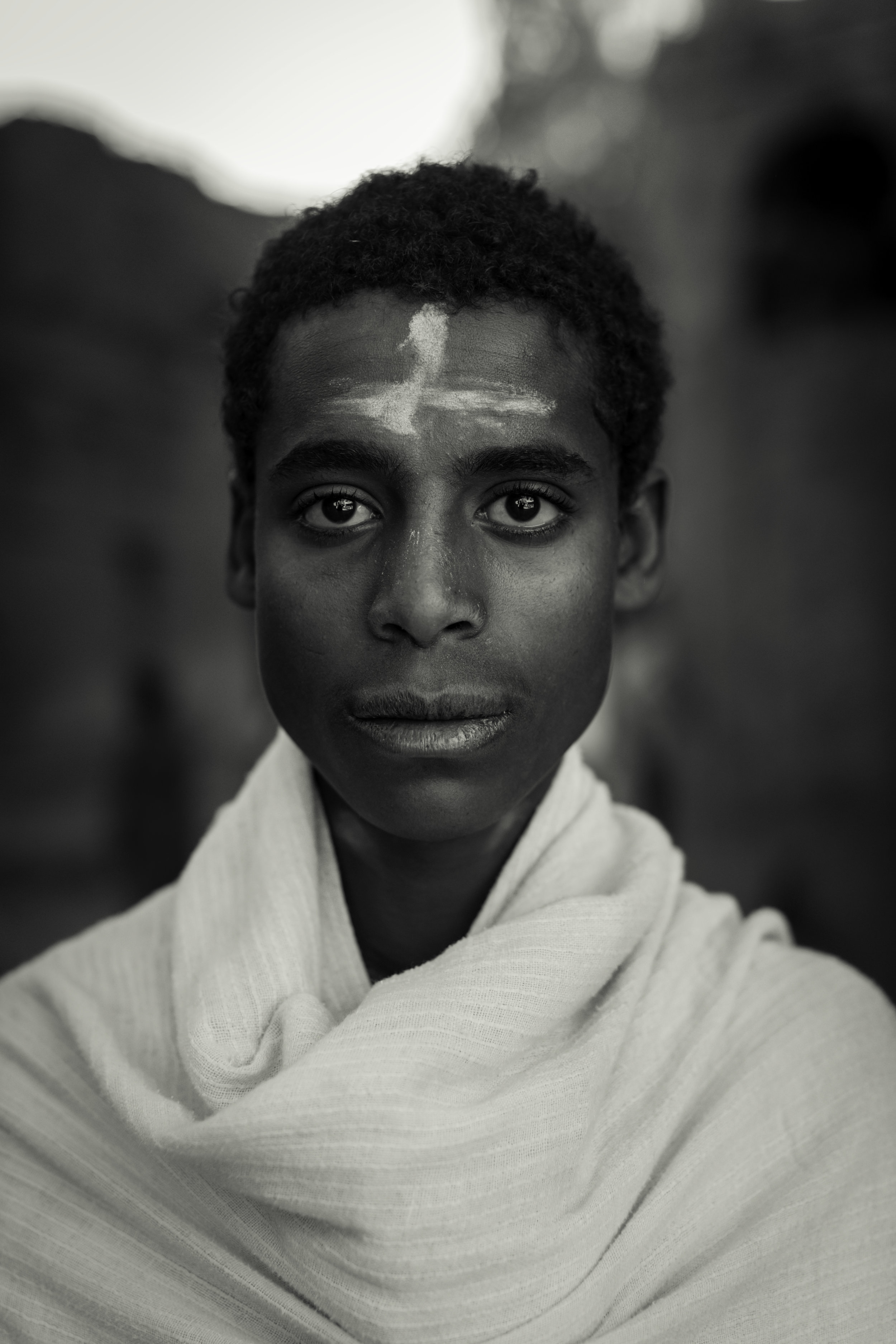Pilgrims Of Ethiopia Part 4

Black and White or Color? Sometimes it can be a tough call. I rented a Leica Model M Monochrome to take with me for a short trip to Cuba since the camera only shoots in black and white. I felt that, of all the places where a black and white photo might seem befitting of its environment, it would be a country like Cuba or North Korea which are semi-trapped in the 1950s. It is a slight coincidence that the 1950s are also when the first color tv broadcasts started to occur in the US.
99.9% of the time though, I'm shooting in color. As rich as the world of color can be, I still like converting some photos into monochrome, like this Ethiopian pilgrim in Lalibela. The lack of color can make an image more powerful than it would be otherwise. I think it forces you to focus more on telling a story with your imagery than when you have a colorful palette.
What I discovered from my time with the Model M is that, black and white photography for me felt really well suited to portraiture and street photography. I would extend that to wildlife as well, although Cuba isn't exactly home to wildlife the likes of which you can find throughout Africa. While at times I continue to stylistically convert color photos to black and white, it's pretty rare that I choose a landscape photo. It does happen, but it's just not too common for me unless it's more editorial with people in the photo.






